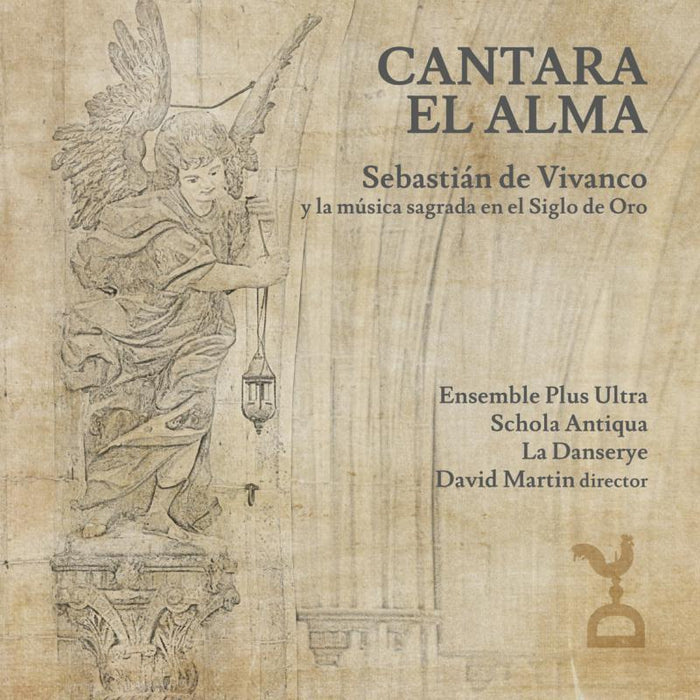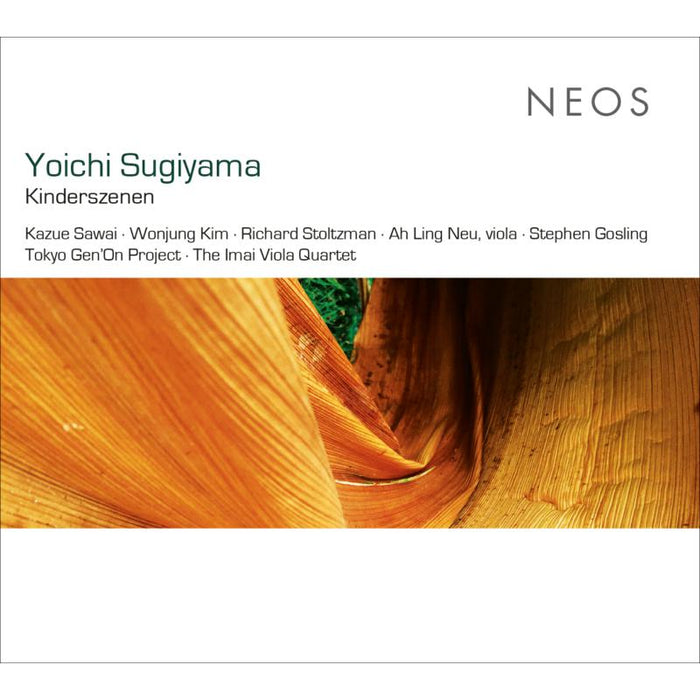Description
Featuring world-premiere recordings, this second set of Yuji Takahashi portrait albums brings together the live recordings of two concerts conducted by Yoichi Sugiyama (who studied with Donatoni) in Tokyo, as part of the Suntory Summer Festival 2020, and at a special Yuji Takahashi Portrait Concert at the Tokyo Bunka Kaikan Recital Hall in 2021. Covering 57 years of Takahashi's creative activity, the works represented in this compilation span a period in which his musical, aesthetic and political positions underwent radical change.
The earliest piece,Phonogene(1962), reflects the intellectual rigour and complexity of Takahashi's music at this period, especially his use of mathematical generative processes - an interest the composer shared with Xenakis, whom he had met in Japan the previous year. Written in Paris, where Takahashi was now studying with Xenakis,Bridges II(1965) includes microtonal deviations of pitch. InBridges III(1968), he went one step further, requesting that all instruments be tuned to A = 450 Hz, but since this can cause string breakage, this recording adopts 442 Hz while preserving the intended pitch ratios. Takahashi did not preserve the scores of either of these works, so this recording is an exclusive opportunity to hear works recovered for this performance with the assistance of Sumihisa Arima and Yumiko Meguri.Orphika(1969), whose title refers to the ancient Orphic religion, uses mathematical procedures based on probability, with its basis in five types of sound movement (glissando, oscillation, staccato, tremolo, legato).
By 1986, the year ofLe double de Paganini,Takahashi's political and musical outlook had undergone radical overhaul, and the work derives from a number of Paganini's24 Capricesfor violin, and features clearly tonal/modal sonorities.Tori mo tsukai ka(1993) reflects another aspect of the composer's later manner, his interest in traditional Asiatic and, in this instance, specifically Japanese music. Its scoring, forkatarinarrator playing the three-stringedshamisenand orchestra, is influenced by theMyoon Junigakufestival. The stimulus for the opening ofLike Swans Leaving the Lake(1995) is also far removed from the abstractions of the composer's early work: the fluttering of a swan's wings, graphically impersonated by the 'ricochet' effects in the accordion. The most recent work in this collection,Phonourloupes(2019) is heard here in its premiere performance.
This wide-ranging programme represents an essential insight into a profoundly significant figure of 20th-century and contemporary music, and is performed by a host of outstanding musicians devoted to the meticulous and sensitive interpretation of Takahashi's extraordinary output.











